Black Tartarian Cherry
- June 14, 2023
- 0 comment
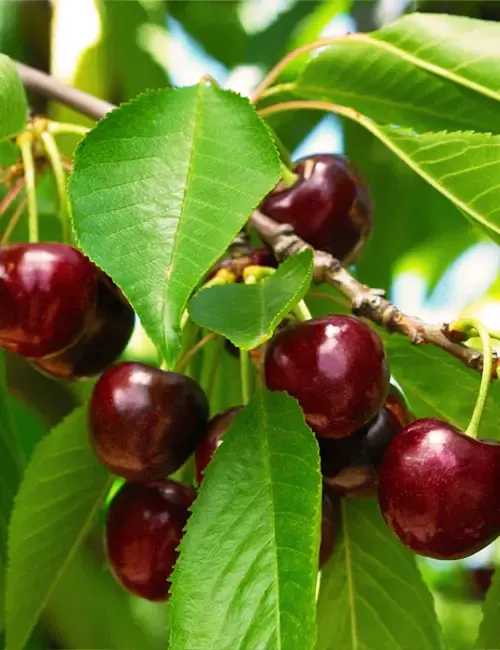
Common Name: Black Tartarian Cherry Tree
Botanical Name: Prunus avium ‘Black Tartarian’
Family: Rosaceae
Plant Type: Deciduous fruit tree
When it comes to adding beauty, flavor, and wildlife value to your garden, few trees can match the exquisite Black Tartarian Cherry Tree (Prunus avium ‘Black Tartarian’). This remarkable fruit tree, known for its sweet and juicy cherries, belongs to the Rosaceae family and boasts an array of attractive features that make it a popular choice among gardeners. Let’s dive into the fascinating details of this tree, including its characteristics, care requirements, benefits, and more.

Mature Size and Growth Rate
The Black Tartarian Cherry Tree typically reaches a height of 15-30 feet (4.5-9 meters) with a spread of 15-20 feet (4.5-6 meters). It has a moderate growth rate, usually growing around 1-2 feet per year.
Soil Type
This cherry tree thrives in well-drained soil that is rich in organic matter. It can adapt to various soil types, including loam, clay, and sandy soils.
Soil Preference
The Black Tartarian Cherry Tree prefers slightly acidic to neutral soil, with a pH range of 6.0-7.0.
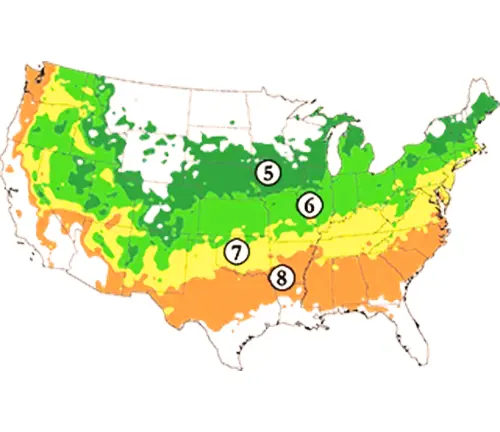
Hardiness Zones
It is hardy in USDA zones 4-8, making it suitable for a wide range of climates.
Sun Preference
To ensure optimal growth and fruit production, this cherry tree prefers full sun exposure. It requires at least six hours of direct sunlight daily.
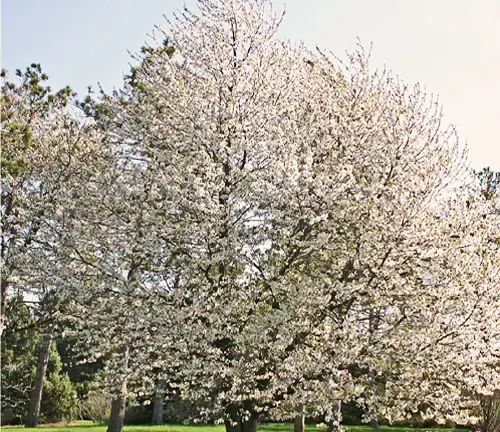
Attributes
The Black Tartarian Cherry Tree is known for its stunning appearance. In spring, it showcases clusters of fragrant, white blossoms, creating a captivating display. The tree produces medium to large-sized cherries with dark red to almost black skin and juicy, sweet flesh. Its attractive foliage features shiny, dark green leaves that turn vibrant shades of orange and red in the fall.
Wildlife Value
This cherry tree is highly valued by wildlife. Its sweet cherries are irresistible to birds, making it a fantastic addition to any wildlife-friendly garden.
Care

To ensure the health and productivity of your Black Tartarian Cherry Tree, consider the following care guidelines:
- Water regularly, especially during dry spells, to keep the soil consistently moist but not waterlogged.
- Apply a layer of organic mulch around the base of the tree to conserve moisture, suppress weed growth, and regulate soil temperature.
- Fertilize in early spring with a balanced, slow-release fertilizer to provide essential nutrients.
- Prune in late winter or early spring to remove dead, damaged, or crossing branches, and to shape the tree.
Benefits
The Black Tartarian Cherry Tree offers several advantages for both gardeners and nature enthusiasts. Here are some notable benefits:
- Delicious Harvest: The cherries produced by this tree are renowned for their outstanding flavor, making them a delightful addition to fresh fruit salads, desserts, and preserves.
- Ornamental Value: With its beautiful blossoms, attractive foliage, and vibrant fall colors, the tree serves as an eye-catching focal point in any landscape.
- Wildlife Attraction: The cherries provide a valuable food source for birds, contributing to the biodiversity of your garden.
Invasive
The Black Tartarian Cherry Tree is not considered invasive. However, like most fruit trees, it is important to properly manage fallen fruit to prevent unwanted seedlings from sprouting.
Lifespan
When well-maintained, the Black Tartarian Cherry Tree can live for approximately 20-30 years.
Disadvantage
One potential drawback of this tree is its susceptibility to certain pests and diseases, which can affect its growth and fruit production. Regular monitoring, proper care, and timely intervention can help mitigate these issues.

Edible or Not
The cherries produced by the Black Tartarian Cherry Tree are absolutely edible. They are highly sought after for their exceptional taste and are perfect for fresh consumption or culinary uses.
Habitat Requirements
This cherry tree thrives in temperate climates. It requires well-drained soil, ample sunlight, and protection from strong winds.
Name Origin
The name “Black Tartarian” is derived from the cherry’s dark skin color and its origins in Tartary, an ancient region in Central Asia.

Characteristics
The Black Tartarian Cherry Tree is characterized by its medium to large-sized cherries with dark red to black skin. The cherries have a juicy texture and a pleasantly sweet taste. The tree itself features an upright, spreading habit with a rounded canopy. Its attractive foliage and showy blossoms add to its overall charm.
Varieties
While the Black Tartarian Cherry Tree is a popular variety on its own, there are also other noteworthy cherry varieties available, such as Bing, Rainier, and Stella, each with their own unique characteristics and flavors.
Pruning
Regular pruning is essential for maintaining the health and shape of the tree, as well as promoting optimal fruit production. Prune during late winter or early spring while the tree is still dormant.
Propagating
The Black Tartarian Cherry Tree can be propagated through grafting or budding. These methods ensure the new tree maintains the desirable characteristics of the parent plant.

Common Pests & Diseases
The Black Tartarian Cherry Tree is susceptible to pests like aphids, cherry fruit flies, and borers. It can also be affected by diseases such as brown rot, cherry leaf spot, and bacterial canker. Implementing proper pest management techniques and maintaining good tree hygiene can help prevent and manage these issues.
Fun Facts:
- The Black Tartarian Cherry Tree is believed to have originated in the region of Tartary, which encompasses parts of present-day Russia, China, and Mongolia.
- Cherries are not only delicious but also nutritious. They are packed with antioxidants, vitamins, and minerals, offering various health benefits.
- The vibrant red color of cherries is due to the presence of anthocyanins, which are powerful antioxidants.
Frequently Asked Questions:
- Q: How long does it take for a Black Tartarian Cherry Tree to bear fruit?
A: Black Tartarian Cherry Trees usually begin to bear fruit within 3-5 years after planting, although this can vary depending on growing conditions. - Q: Can I grow a Black Tartarian Cherry Tree in a container?
A: While it is possible to grow a Black Tartarian Cherry Tree in a large container, keep in mind that it may restrict its growth potential and require extra care to ensure adequate soil moisture and nutrient availability. - Q: How do I protect my Black Tartarian Cherry Tree from birds?
A: To protect your cherry harvest from birds, you can use bird netting or install scare devices, such as reflective tape or hanging objects that move in the wind. - Q: Can I plant a Black Tartarian Cherry Tree in a small garden?
A: Yes, the Black Tartarian Cherry Tree can be suitable for small gardens. You can also consider planting a dwarf or semi-dwarf variety, which will take up less space while still providing an abundant harvest.
In conclusion, the Black Tartarian Cherry Tree is a remarkable addition to any garden or orchard. With its delicious fruit, striking appearance, and wildlife value, it offers a multitude of benefits for both humans and nature. By following proper care practices, you can enjoy the beauty and bounty of this exceptional fruit tree for years to come.


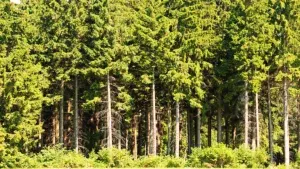
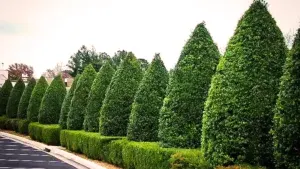


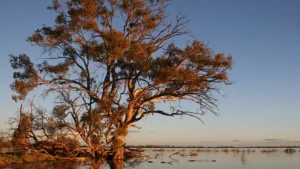
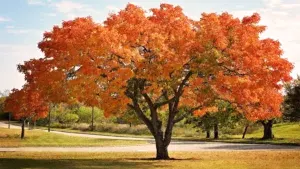
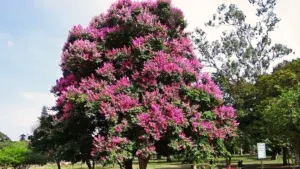
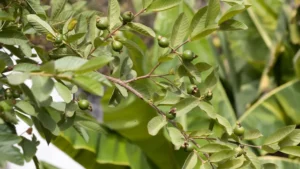
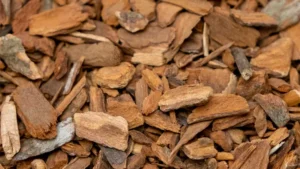
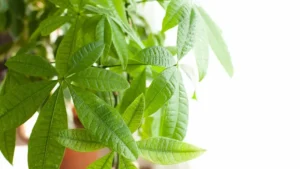

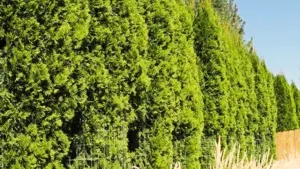
Leave your comment